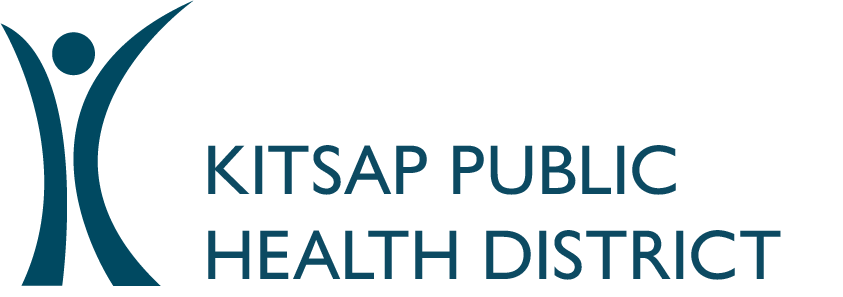
Our vision: A safe and healthy Kitsap County for all.
Mold
Data Dashboards
Mold
Household mold and mildew problems are common in our climate, and are usually caused by standing water, water damaged materials or surfaces that tend to stay damp or wet. The presence of water damage, dampness, visible mold or mold odor in an indoor environment is unhealthy.
Studies have shown so far that identifying the specific type of mold or measuring the amount of mold in the air is not very useful in predicting how harmful it is. What is really important is removing the dampness that allows the mold to grow and reproduce in the first place.
Our Role
Neither Washington State nor Kitsap County has laws about monitoring mold or enforcing mold removal. Our role is to make sure that you have current and reliable information about safe and effective ways to prevent mold and remove it. The following links from the Washington State Department of Health and the EPA contain the most helpful information available.
For support in working on a mold issue with your landlord, visit the Washington State Department of Health’s Renters, Landlords and Mold information page.
Do you have mold concerns with your workspace? Talk with your employer to resolve the issue. Washington State Department of Labor and Industry (L & I) protects worker’s health and safety. Contact L & I to take the proper steps for their help in resolving your indoor air quality issue.

.png)
